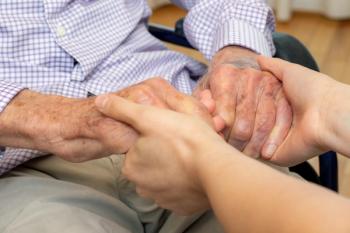
Jennifer Sun, MD: Why Ophthalmology Needs Machine Learning
Burden of disease is growing, and ophthalmology's people power may not be able to keep up. Healthcare must turn to machine learning to fill the gap.
There are now more than 100 million Americans with diabetes or prediabetes, according to a
For ophthalmologists, rising global incidence of diabetes means more cases of diabetic eye conditions like diabetic retinopathy (DR) and diabetic macular edema (DME). In turn, physicians and health systems must prepare to tackle unprecedented levels of ophthalmic disease burden among the growing number of patients with diabetes.
That means they’re going to need some help. But there are big challenges standing in the way—
For Jennifer Sun, MD, associate professor of ophthalmology at Harvard Medical School, the answer may soon come from the world of healthcare information and technology (IT). Big data, artificial intelligence (AI), and machine learning carry the potential to profoundly improve efficiencies in a notoriously inefficient US healthcare system, all while giving health systems a serious leg up when it comes to treating chronic disease.
In certain cases, the tools of the health IT world are already starting to move the needle. The FDA recently approved marketing for the first
The ideals of healthcare IT haven’t been realized—at least not yet. There’s plenty of work left to do, and if recent history is any indication, that work is only going to increase as time goes on. Still, there’s lots to be hopeful about.
Sun sat with our sister publication








































